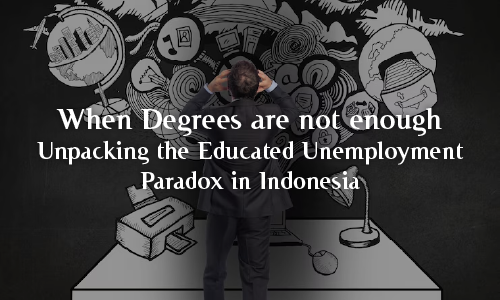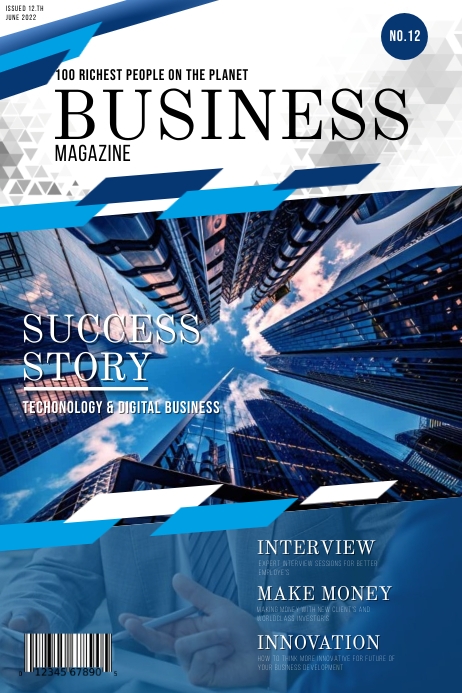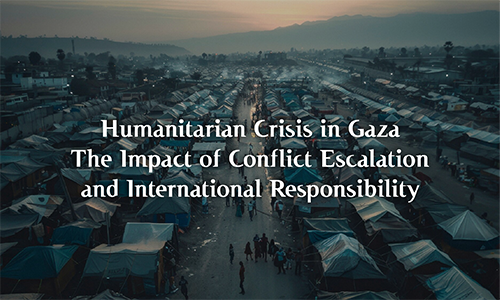
Summary: This article explores the growing phenomenon of educated unemployment in Indonesia, where higher levels of formal education no longer guarantee job security or access to decent employment. Drawing on recent labor statistics and social realities, it uncovers the structural mismatches between the education system and labor market needs. Factors such as outdated curricula, lack of soft and digital skills, slow industrial transformation, and cultural expectations all contribute to the widening gap between graduates and job opportunities. The article proposes a three-pillar strategy: revamping education to align with industry demands, fostering lifelong learning and upskilling, and accelerating job creation in knowledge-based sectors. It also advocates for the Triple Helix Model collaborative partnerships between government, universities, and industry as a systemic solution. By addressing the root causes and embracing collective responsibility, Indonesia can turn its educated youth from unemployed bystanders into active drivers of economic innovation and inclusive growth.
Introduction
In many parts of the world, higher education is seen as the golden ticket to a better life. Get a degree, and the doors of opportunity will swing open so the story goes. But for millions of young Indonesians, this promise is becoming more of a myth than a reality.
Every year, thousands of students graduate from universities, polytechnics, and vocational schools across the archipelago, armed with diplomas and dreams. But instead of stepping confidently into jobs that reflect their years of study, many are met with rejection, underemployment, or long months of silence. This unsettling pattern has given rise to what experts now call the “educated unemployment paradox” a condition where having more education doesn’t necessarily improve one’s chances of employment. In fact, it can sometimes make the search even harder.
A Glimpse into the Numbers
Let’s start with the facts. According to Indonesia’s Central Statistics Agency (BPS), the open unemployment rate as of February 2025 was 4.76%, or about 7.28 million people. But when broken down by education level, a worrying trend emerges.
Graduates from vocational high schools (SMK) have the highest unemployment rate at 8%. Those with general high…

















